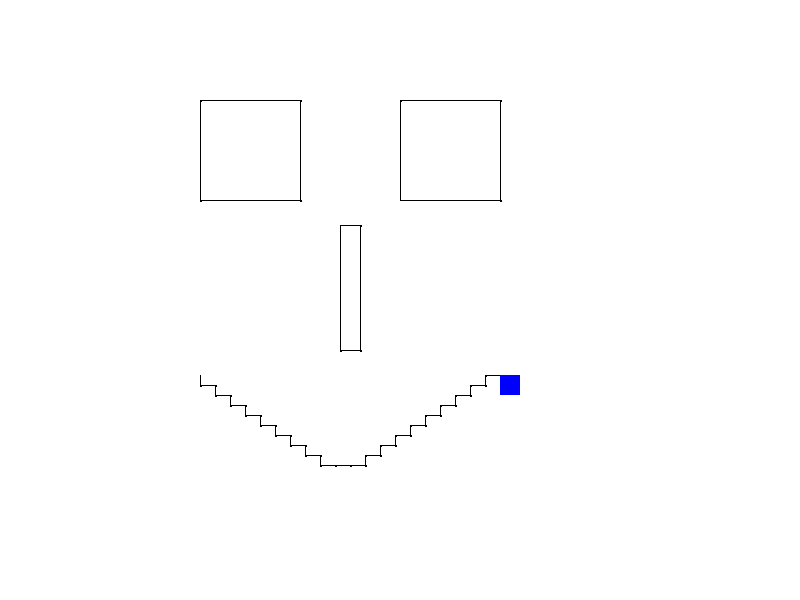We’ve been doing a bit of AngularJS work (more on that later) recently and true to its reputation there’s an “Angular way” to accomplish most things. Interestingly, one area where I couldn’t find a “one true way” was how to facilitate mixins between controllers or scopes.
Quickly taking a step back, a “mixin” is a form of horizontal reuse that allows two objects to share code without necessarily sharing a common ancestor in an inheritance chain. With concrete examples, you might have a Dashboard and Billing controller which need to share formatting logic but nothing else you’d want to use mixins vs. traditional inheritance. In traditional object oriented language mixins are typically referred to as Traits.
Anyway, back to AngularJS. Let’s say we have some simple logic that we want to share between two scopes:
It’s a contrived example but the “idea” is that you want to share the “selectAnswer” and “getAnswerClass” functions between $scopes of two unrelated controllers. After doing some research, it seems like the cleanest way to do this in Angular is to create a service that contains the functions, inject that into the controller, and then use angular.extend() to add them to the $scope as needed:
And that’s pretty much all there is to it. I’m pretty new to the Angular dance so I’d love any feedback!




